
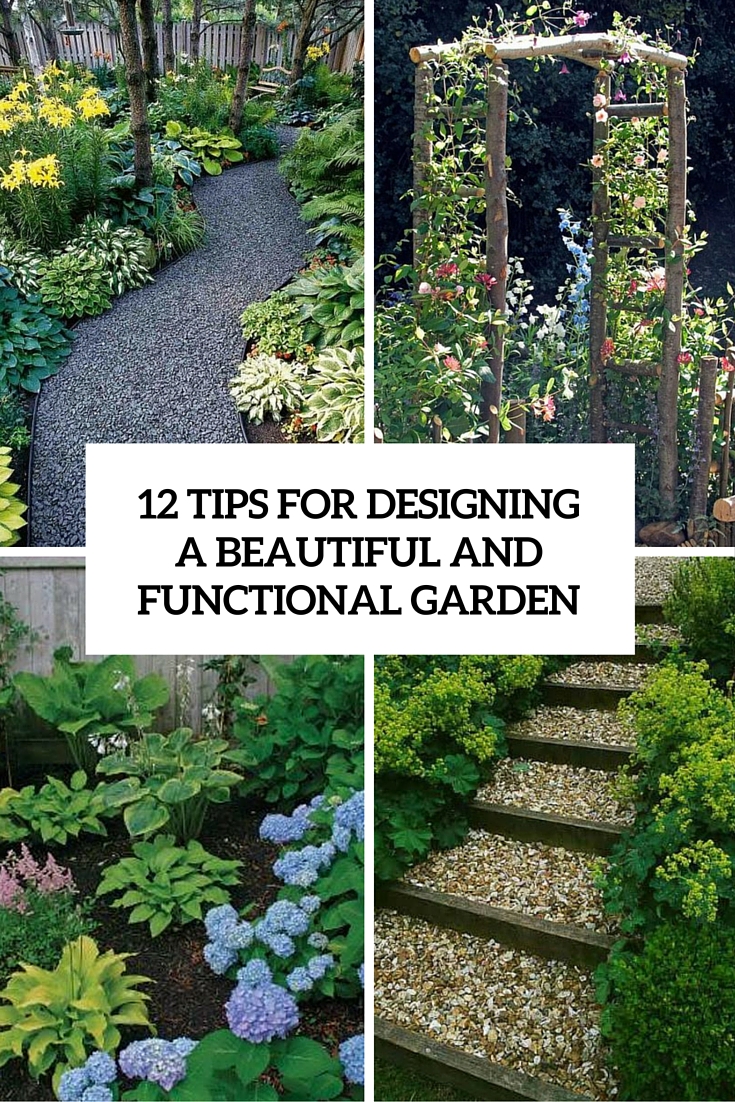
12-tips-for-designing-a-beautiful-and-functional-garden-cover
Creating your own garden without professional help may be tricky and you need a lot of experience to get a perfect outdoor space. Here are some tips that may help.
- Make your paths wide enough. The main ones should be wide no less than 5 feet. For secondary paths the width should be at least 3 feet. The taller the plantings or structures grow next to your walkway, the wider the path needs to be not to make your space look too tight.
- Choose the right steps size and make landings. Steps with a rise of 6 inches or less are the most comfortable. The run of each step plus twice the rise should equal 26 inches. If your garden stairways have more than 10 steps, make landings after every fourth or fifth step to ease progress.
- Make spacious patios and terraces. Decide how many guests you’re likely to invite regularly and then plan on at least 4 square feet of space per person, otherwise they won’t feel comfortable.
- Choose paving that provides secure footing. Avoid slick surfaces or loosely set pavers that wobble and make sure your paved surfaces are slightly sloped (1 to 2 percent) to keep water from pooling on them.
- Give your plants room to grow. If you must have a dense, full landscape, you can plant quick-growing, short-lived “filler” plants to temporarily bulk up your plantings.
- Keep plants far enough from walkways. Place any plants more than 30 to 36 inches tall at least 2 to 3 feet back from walkway and patio edges; otherwise, these spaces may feel unduly cramped and crowded.
- Create a lawn. A lawn can be expensive and labor intensive to maintain, but no other surface is so comfortable for lounging, and the whole family will be delighted to stay on grass. Give your garden an exciting, contemporary feel by breaking up the lawn into small sections.
- Bring textural and other eye-catching plants to your garden, not only bloomers. Use foliage, fruit, and bark for year-long color, form, and texture.
- Use plants and trees to create a comfortable space. The right plants, used the right way, can actually add comfort and utility to your garden. Conifers and broad-leaved evergreens can protect your garden from harsh winds. Large-scale perennials or ornamental grasses can make an “instant” privacy screen. A well-placed tree or tall shrub border can provide a shady oasis in the heat of a summer’s afternoon.
- Don’t clutter your driveway with tall trees or thick plants. It’s hard to leave your driveway safely if plants or structures are blocking your view. Survey the visibility from your car in all directions before installing shrubs, walls, or fences. While you’re at it, make sure your plantings and structures don’t block the views from your neighbors’ driveways, either.
- Use interesting edging. Edging gives your garden a crisp, clean look. But be creative and add interest by making your edging a design element.
- Add containers. Container gardens are excellent solutions because you can move them around and create color in spots where plants go out of bloom.
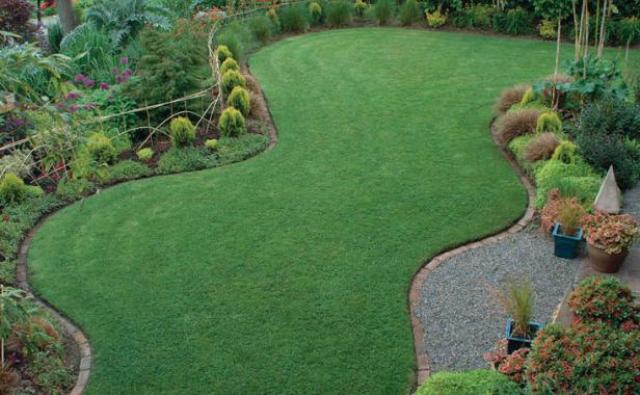
wide lawn
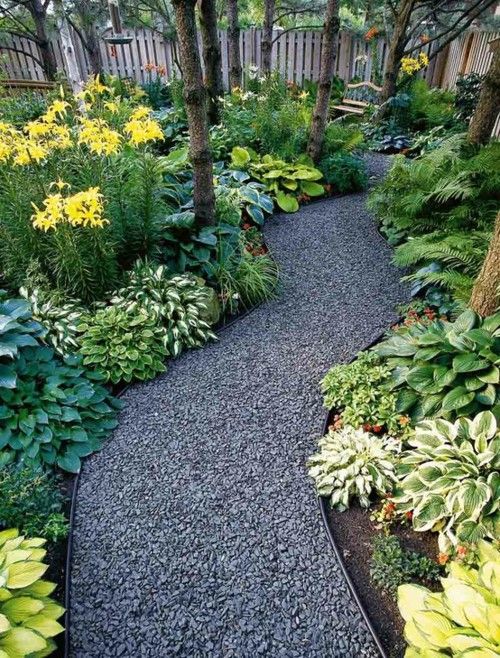
wide gravel pathways
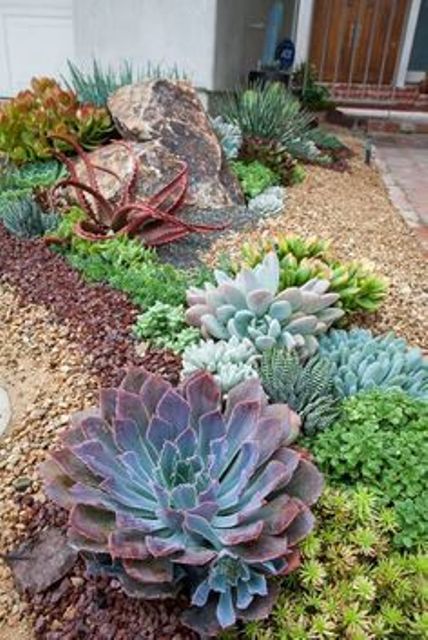
textural succulents

textural fern
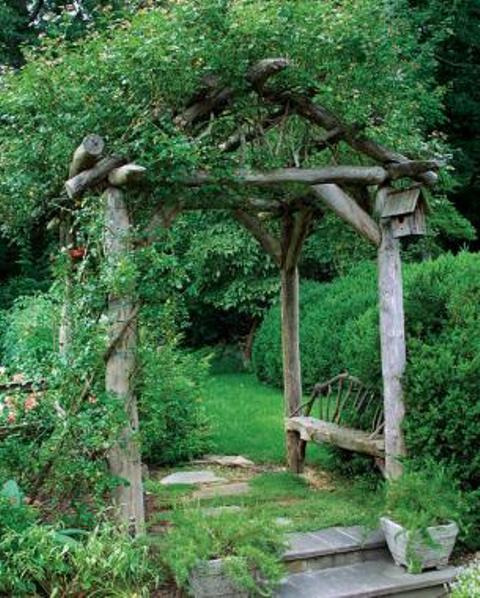
tall arch
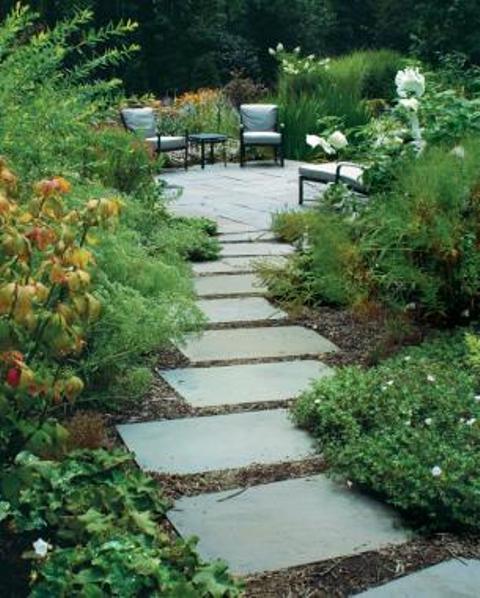
stone pavings

spacious patio
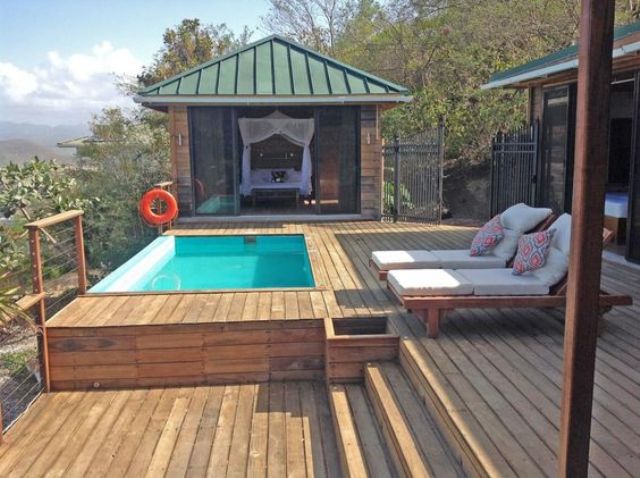
spacious deck
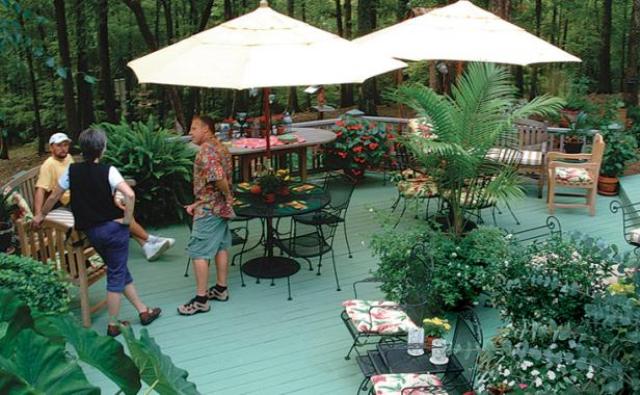
spacious deck and patio in one
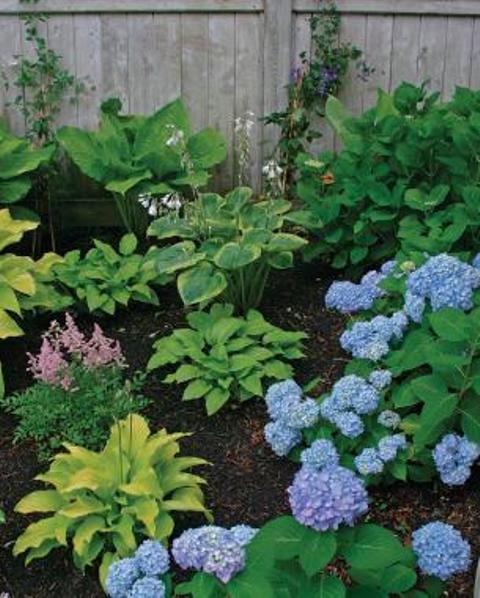
space for growing each plant
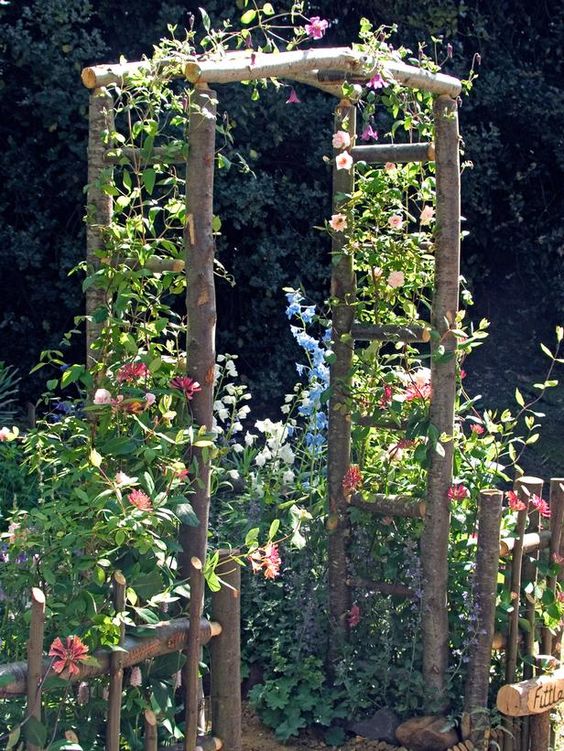
rustic floral arch
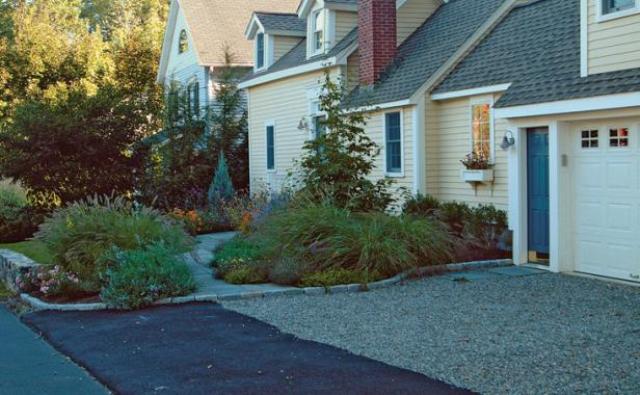
plants around the driveway
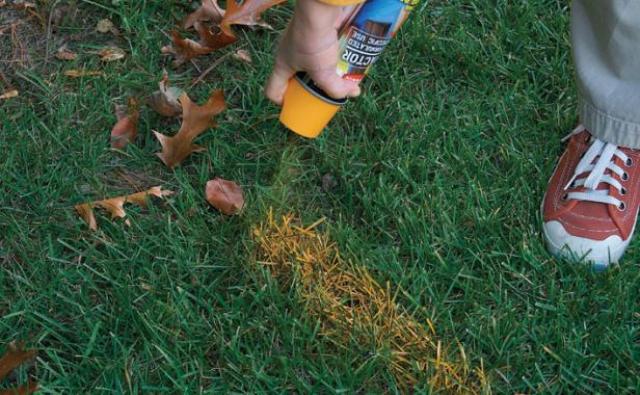
marking pipes
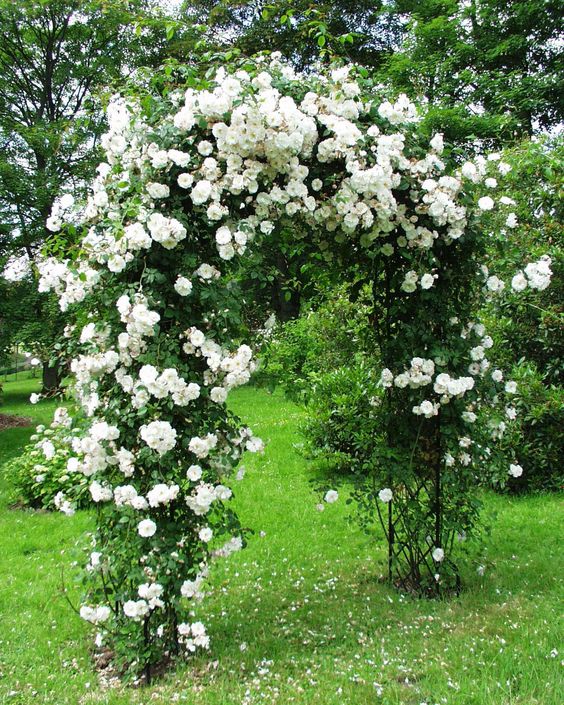
OLYMPUS DIGITAL CAMERA
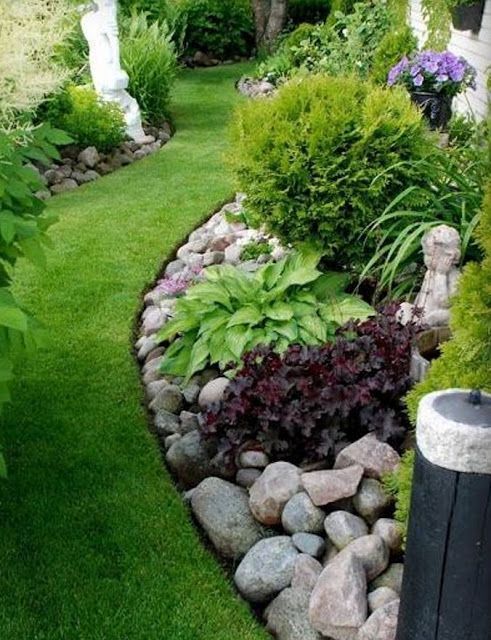
lawn and stone garden
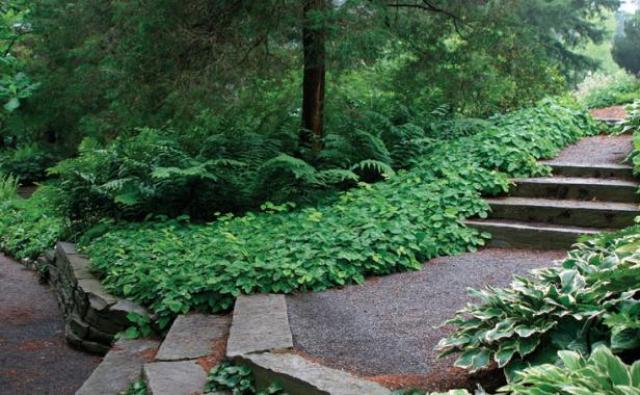
landings in steps
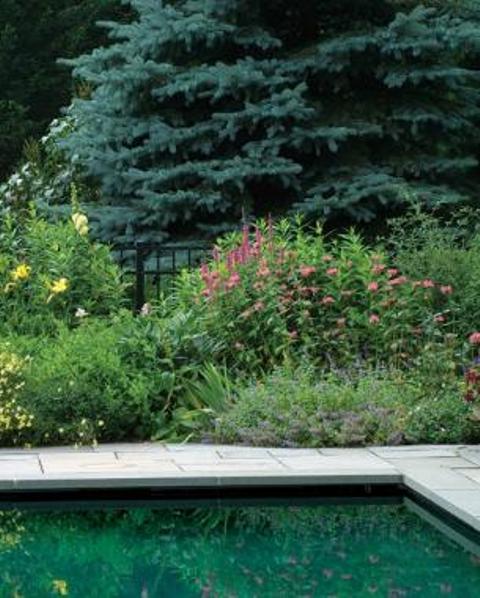
keeping distance while planting
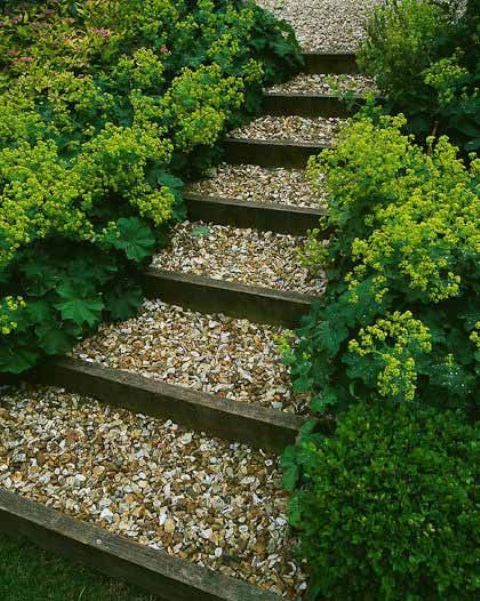
gravel and wood steps
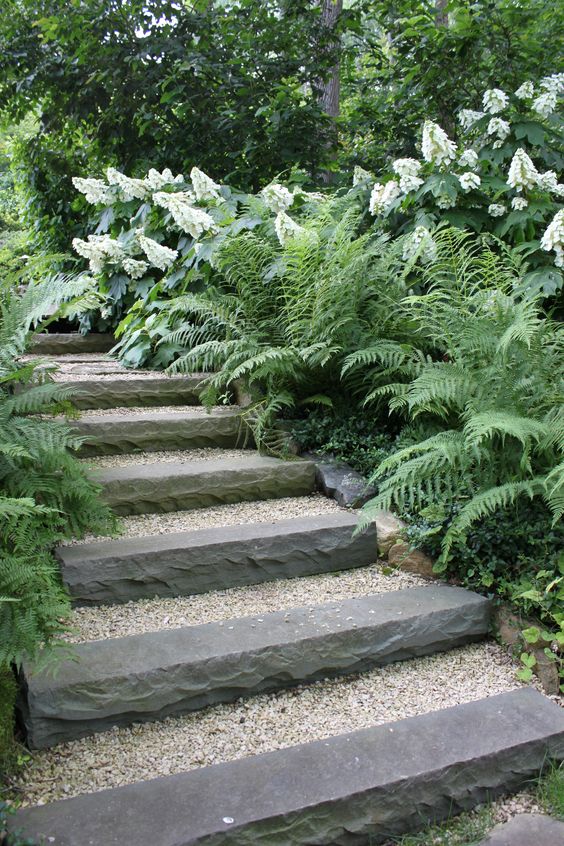
gravel and stone steps
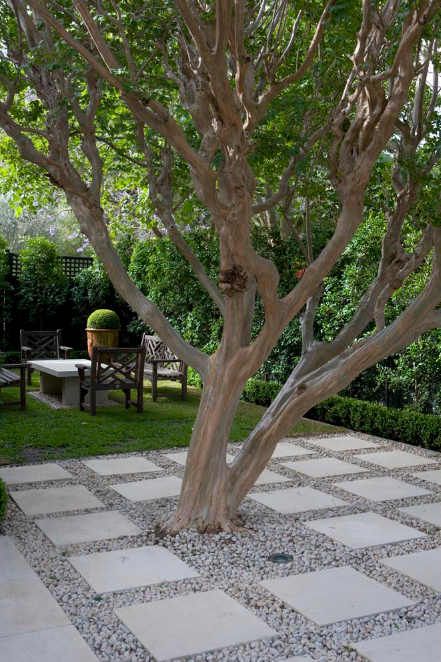
gravel and stone paving
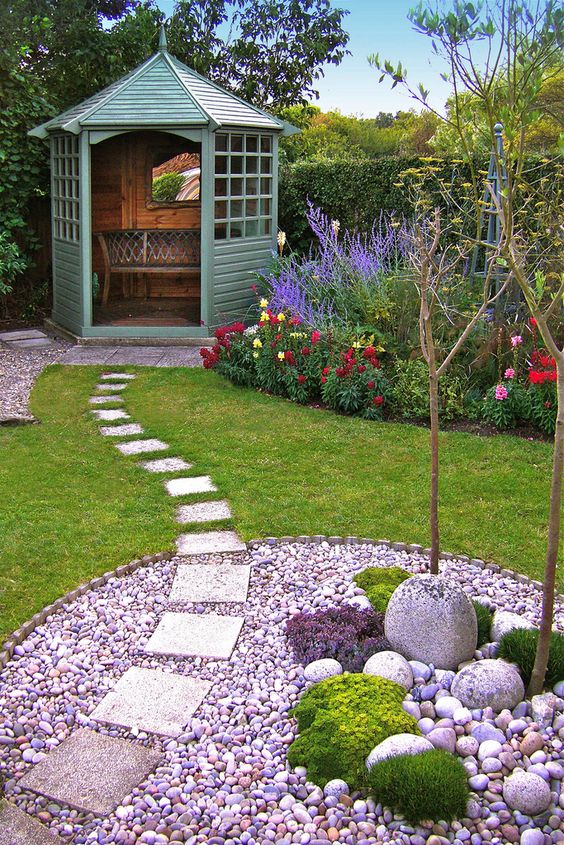
concrete pavings
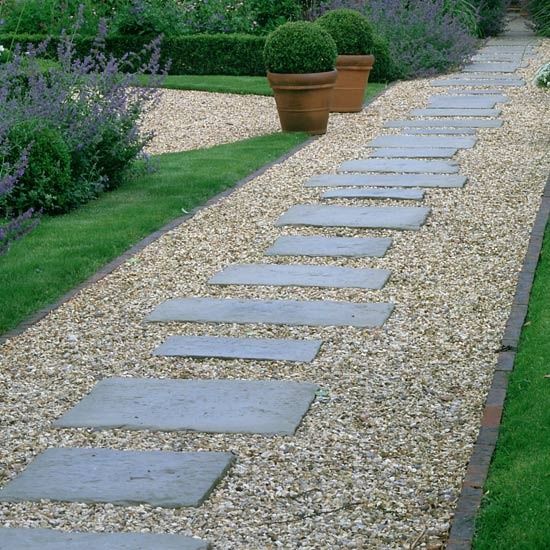
concrete and gravel path
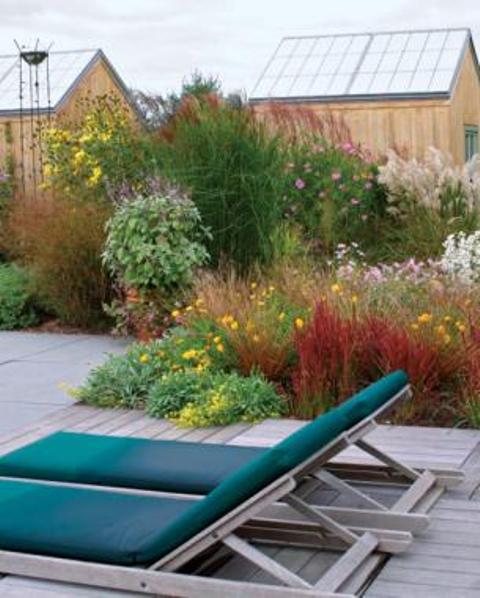
comfort zone
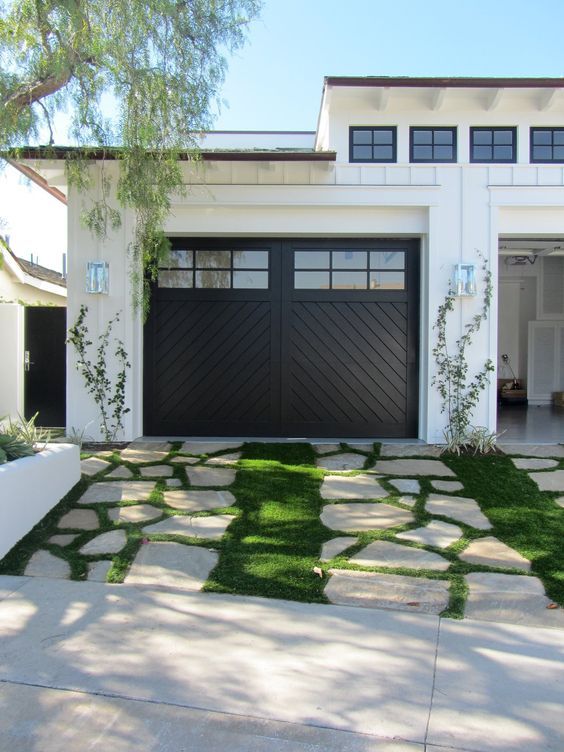
clean driveway

berries and textural leaves